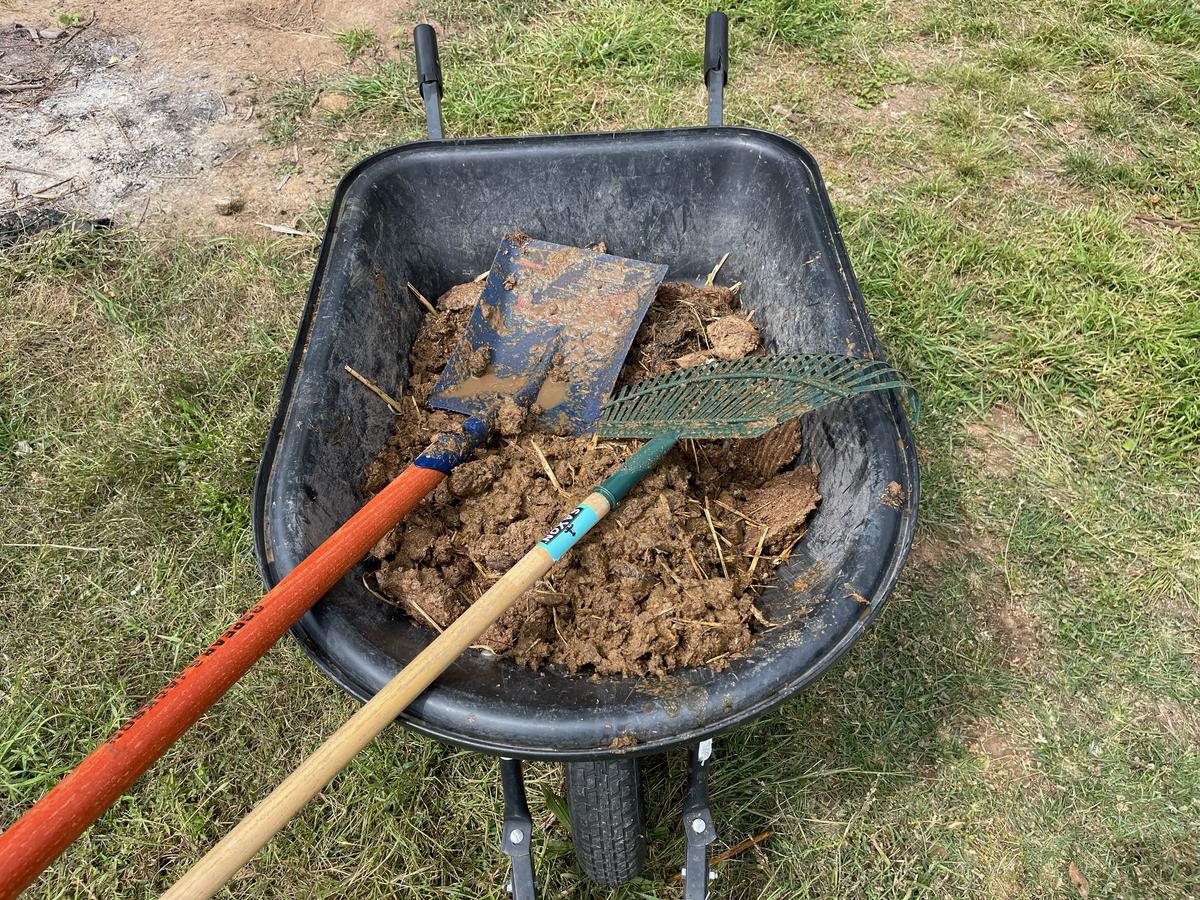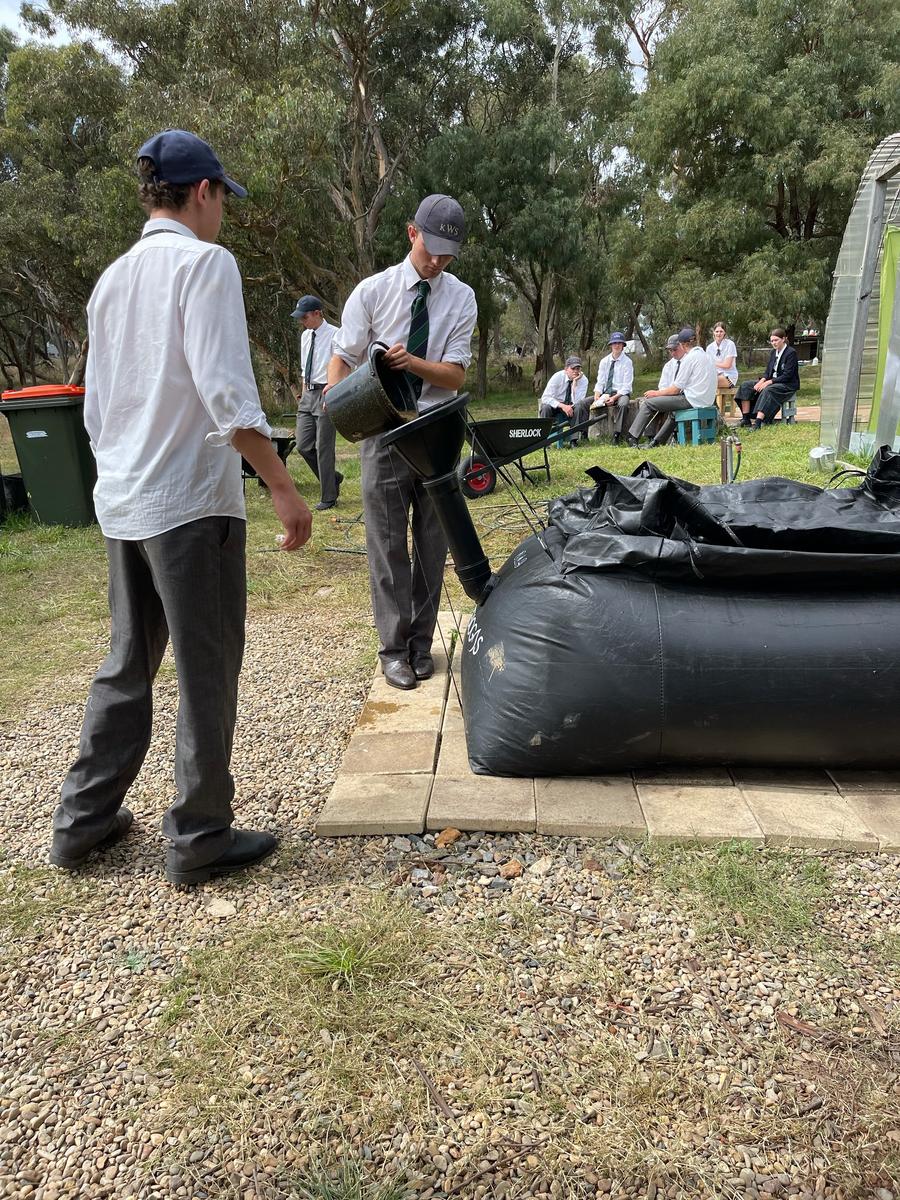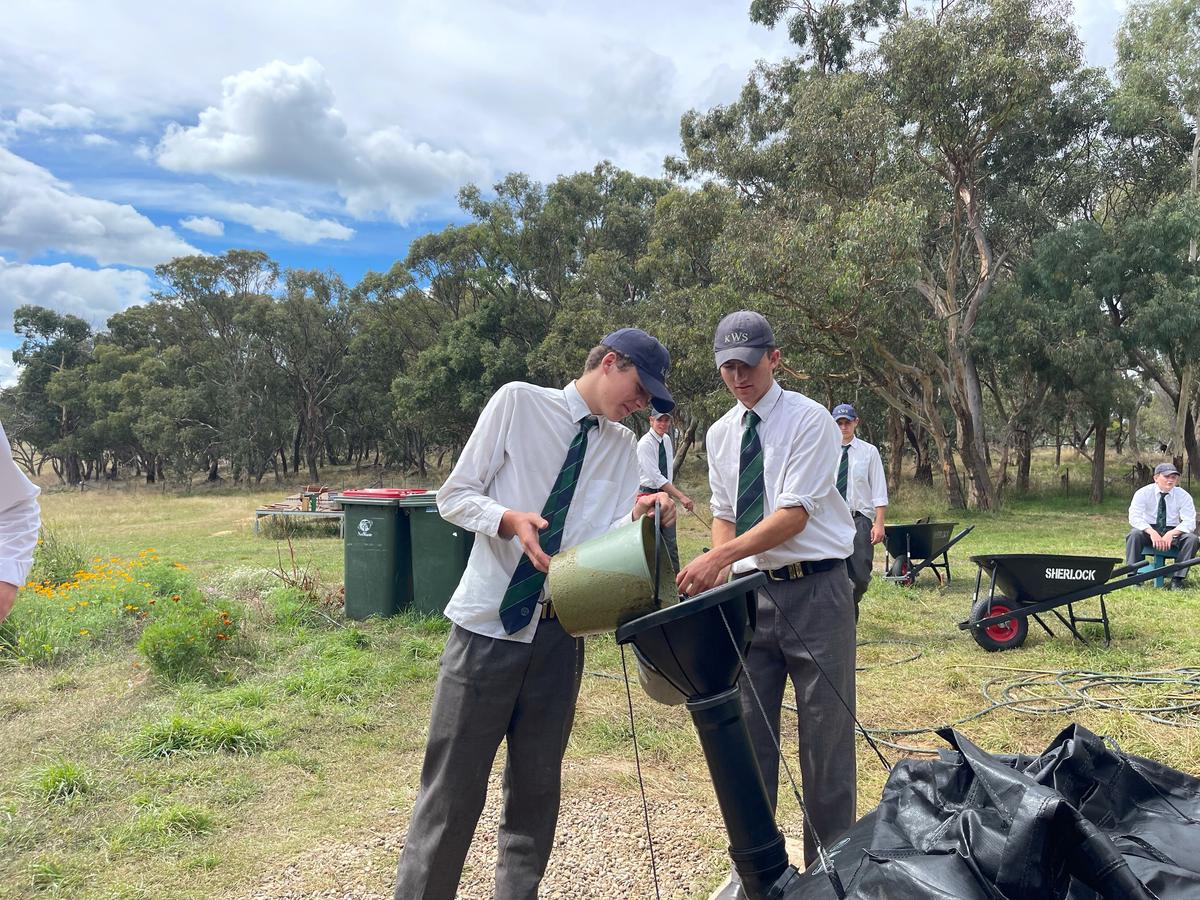TREE
The Regional Engagement Enterprise

TREE
The Regional Engagement Enterprise
Recently in TWIG, we have been working with the bees at the farm. We started off by suiting up in our rather large bee suits. The suits are just like a onesie but with a lot more padding and protection. These suits have a hood, which has mesh that sits in front of your face so you can see but be protected at the same time.
After everyone had suited up Mrs Howarth showed us two new beehives and explained how they work.
We spoke about how honey is made. First, the worker bees leave the hive and look for flowers to eat. They eat the nectar which is the sugary juice in the heart of the flower. They suck up the nectar using their straw like mouth which then goes into a sack called a crop.
When the bees return to the hive, they go and vomit the nectar back up multiple times and then store it in the honeycomb. The bees start to fan the honeycomb and the nectary sugar turns to honey. The colour and flavour of the honey depends on which nectar the bee collects.
The queen doesn’t leave the bottom part of the beehive. All the other bees can fit through the gaps except the queen. The queen's job is to lay the eggs so there are more bees. She will lay between 2000 and 3000 eggs a day which get stored in the honeycomb. When the queen is beginning to die the other bees will put an egg into the queen cell.
The male bees are called drones. They sit around breeding with the queen in the bottom part of the beehive. The female bees are the worker bees.
At the beehive, Mrs Howarth took the nozzles off the bottom and the top of the plastic boxes. The bees make their honeycomb inside the plastic boxes which is where they store the honey. We started cracking open the honeycomb which then made the honey flow out at a high speed.
Before it was time to leave for home, we got to collect our candles that we made the week before. Below I have included some fun bee facts and images.
Bee Facts
By Harriet Blair
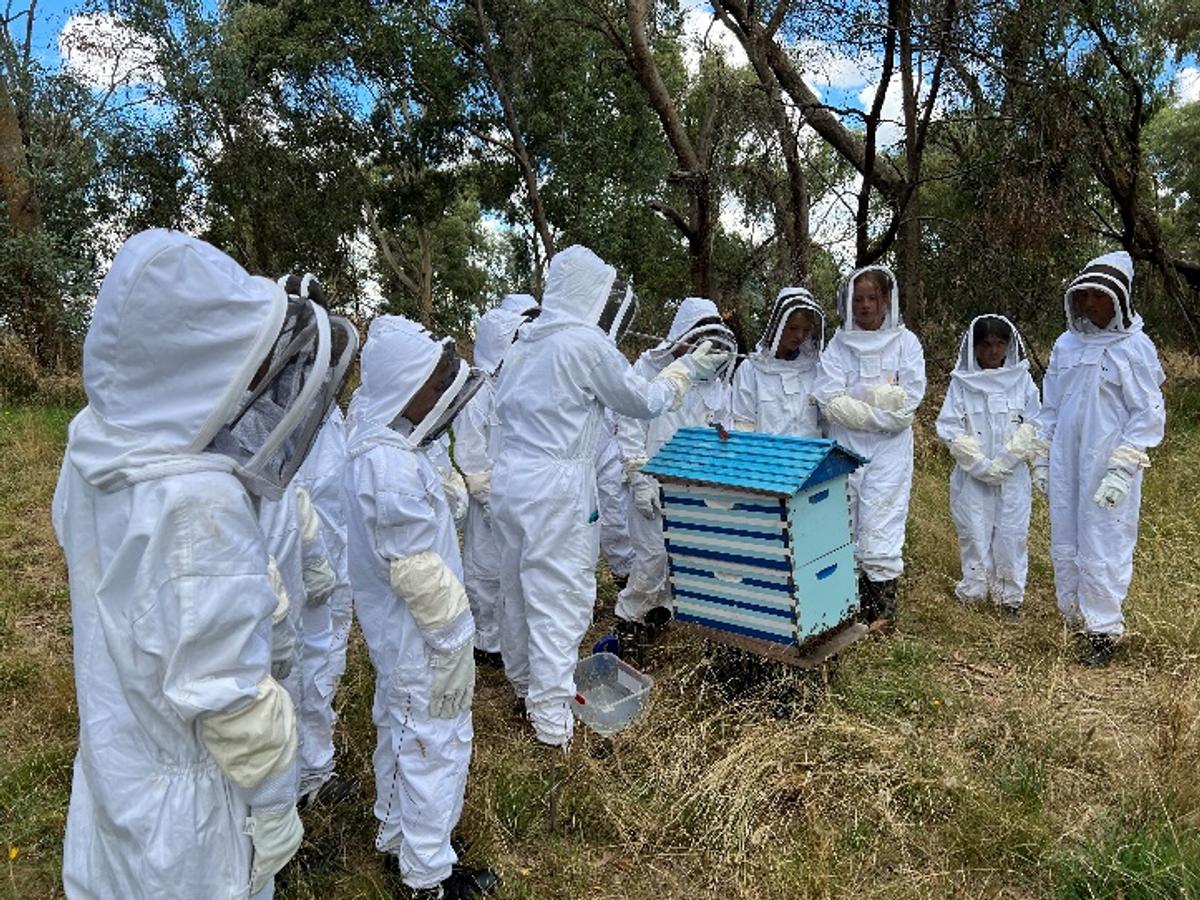
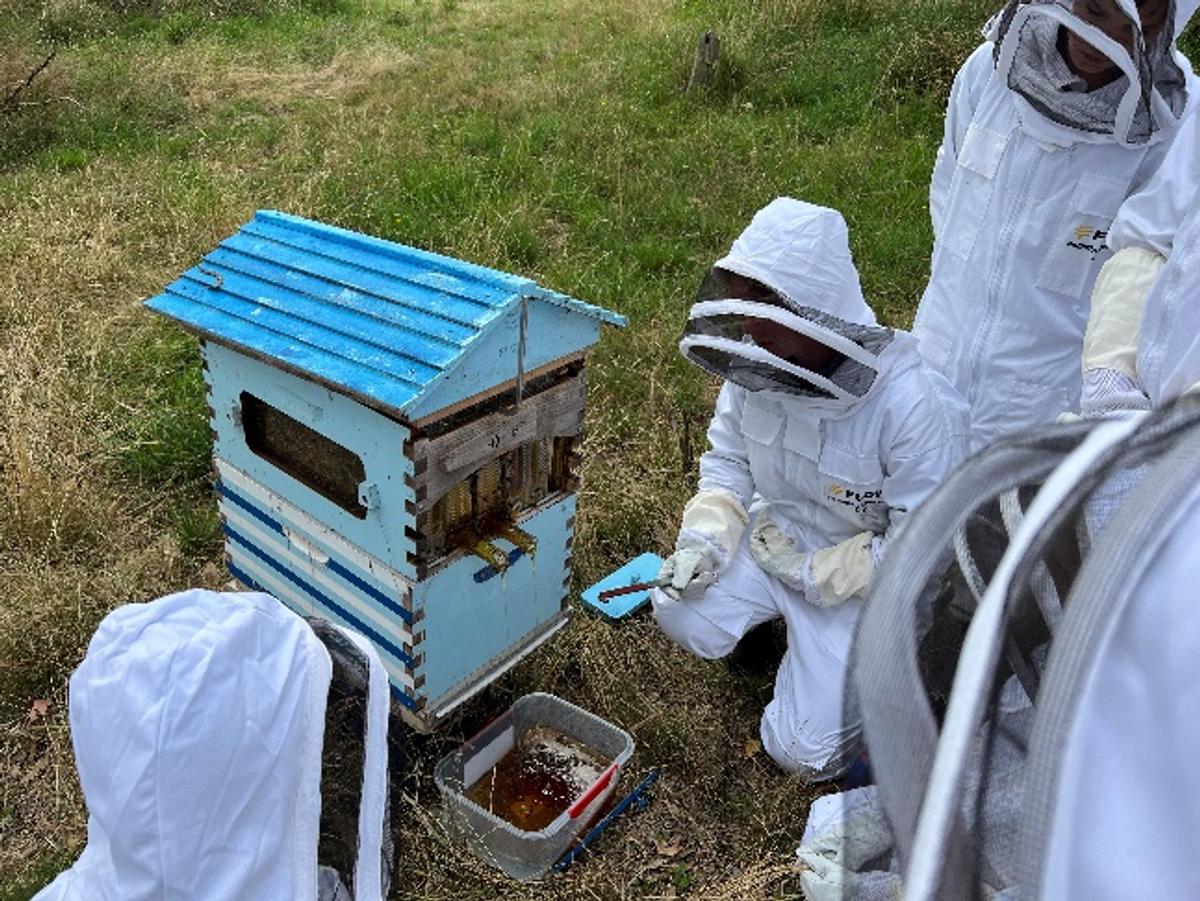
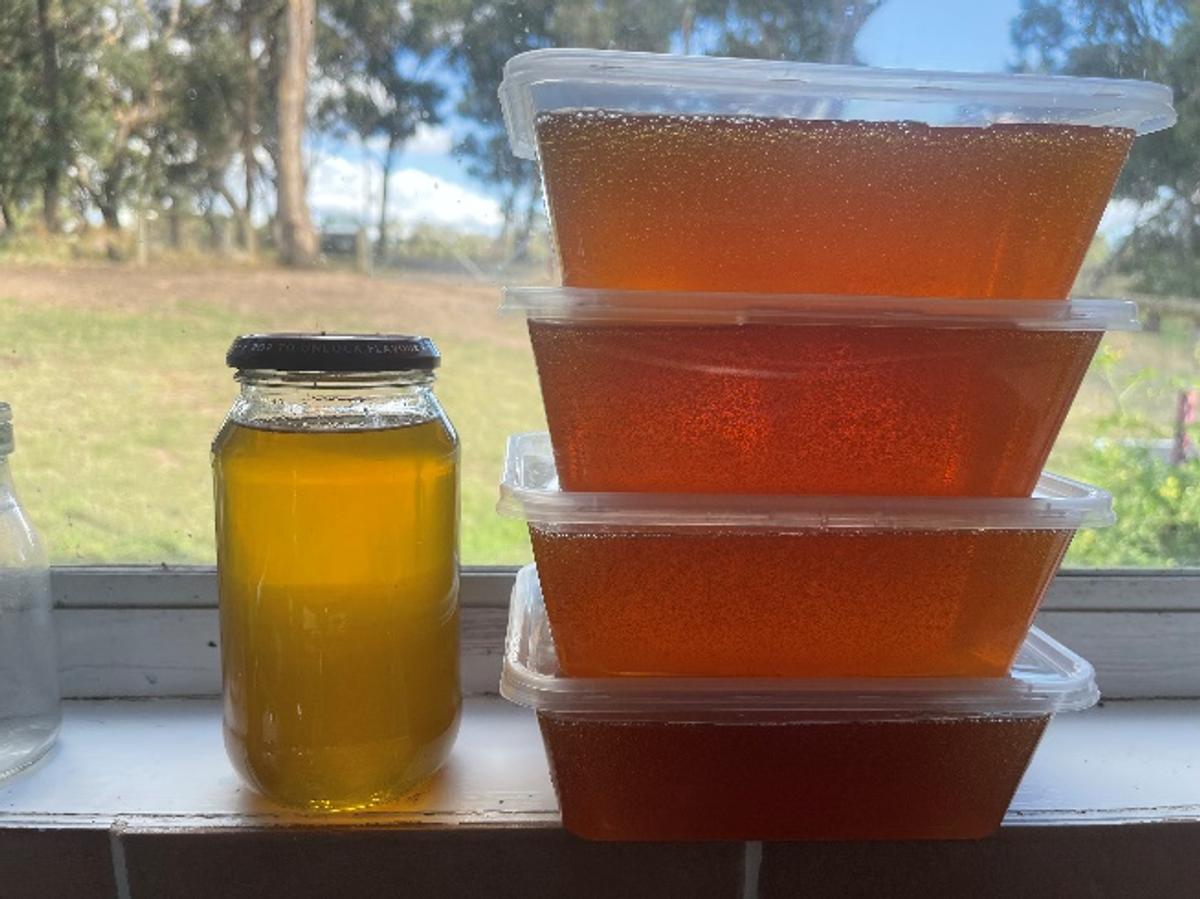
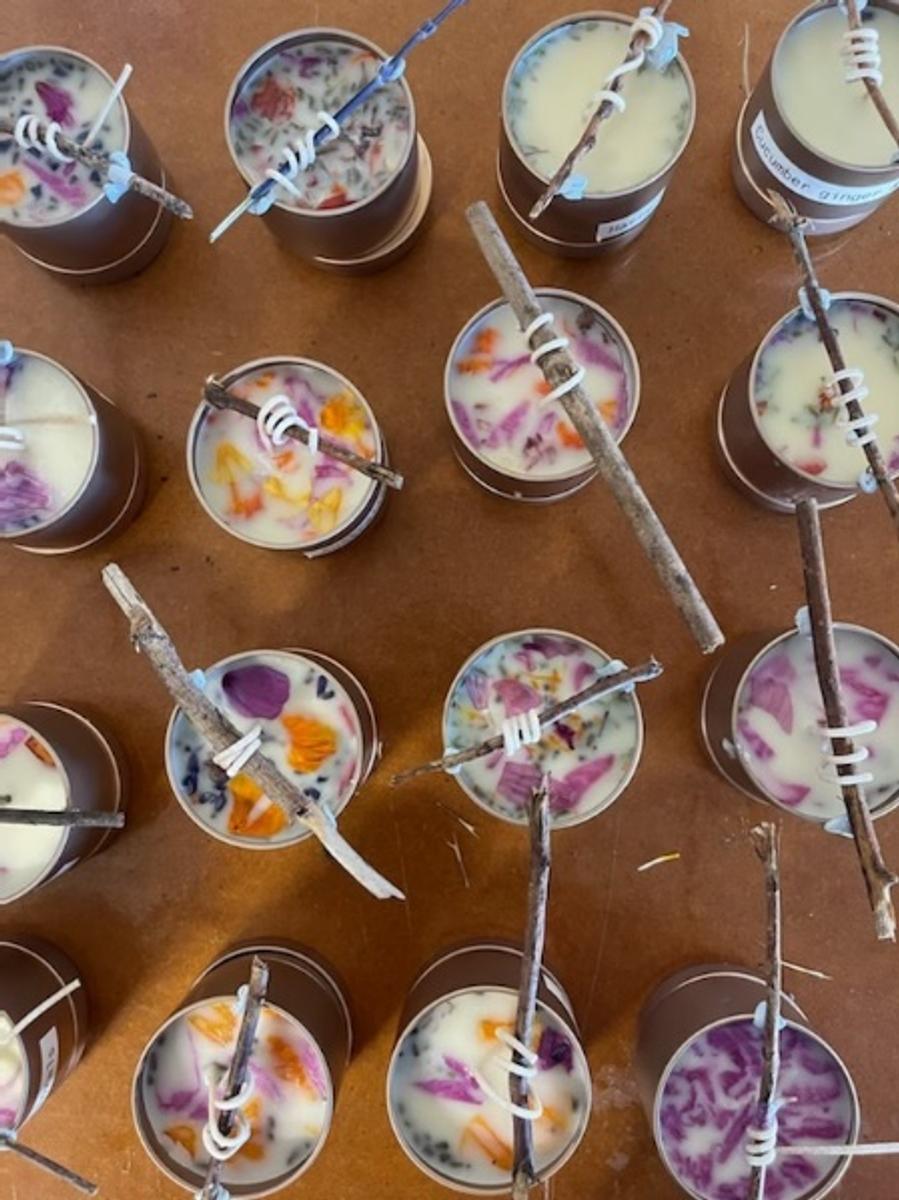
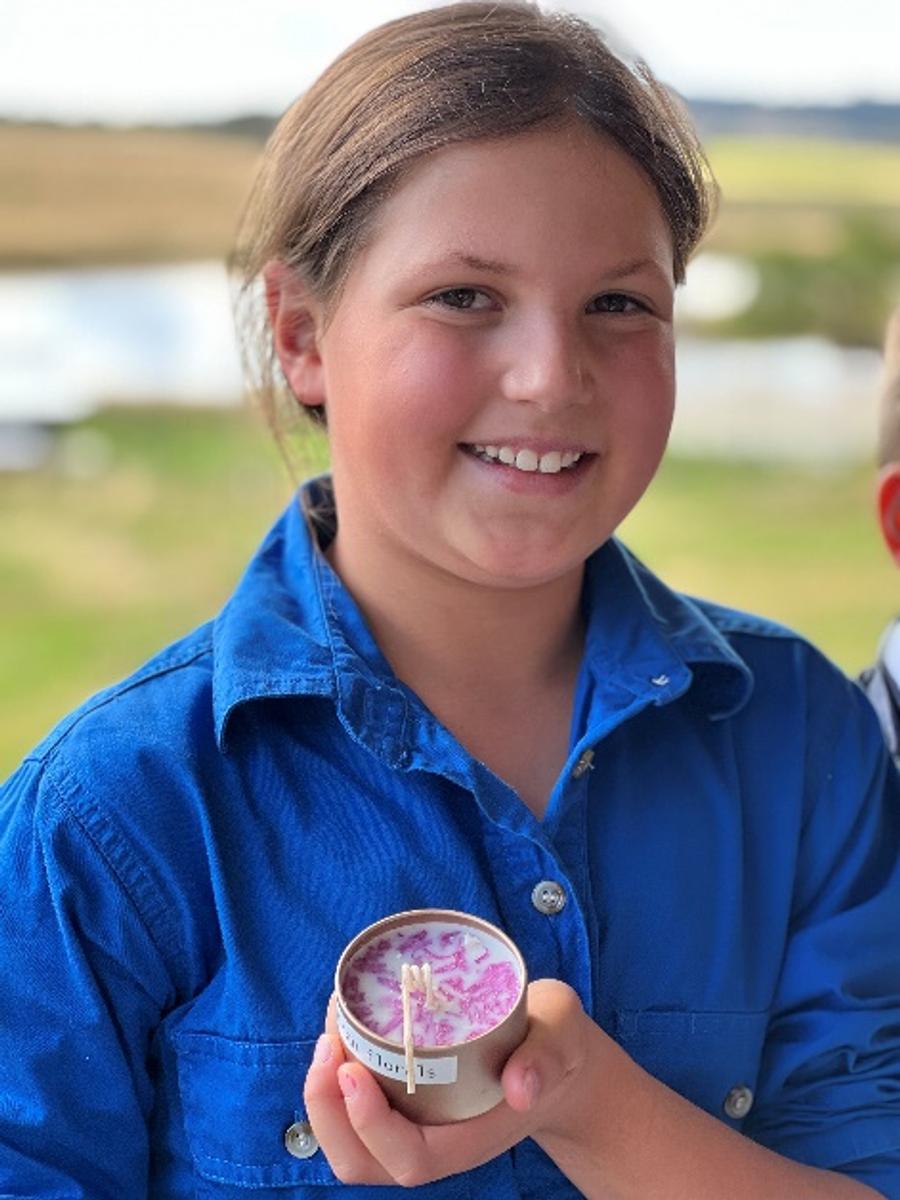





‘Australian agriculture today is largely unsustainable. Soils are degrading and are in need of regeneration and broad acre farming is delivering food in quantity but not always in quality’ I was fortunate to attend the 2022 Fenner Conference last week that had an exceptional group of speakers address the question ‘Can we feed ourselves and not destroy the Earth?’ Speakers delivered on the need for and the role of regenerative agriculture; the role of soil and the need to improve biodiversity, indigenous farming, climate change and global food systems. Whilst the news is quite sobering in regards to the need for changing and challenging current practices it was also very reassuring to know that we can make considerable inroads in ensuring that future generation of farmers and families can benefit from the choices and decisions we make today. As each of the speakers presented, I found myself thinking, we’re already teaching them that, we did that last week or our students already know the importance of this . Kinross Wolaroi students already know the benefits of low food miles and understand the paddock to plate philosophy. It was only last week that we had our Yr 8 PDHPE students at Windermere harvesting fresh produce from the farm and creating nutritional meals for them to share. This was a continuation of the project that saw them as Year 7 students, plant out seedlings at the end of last year.
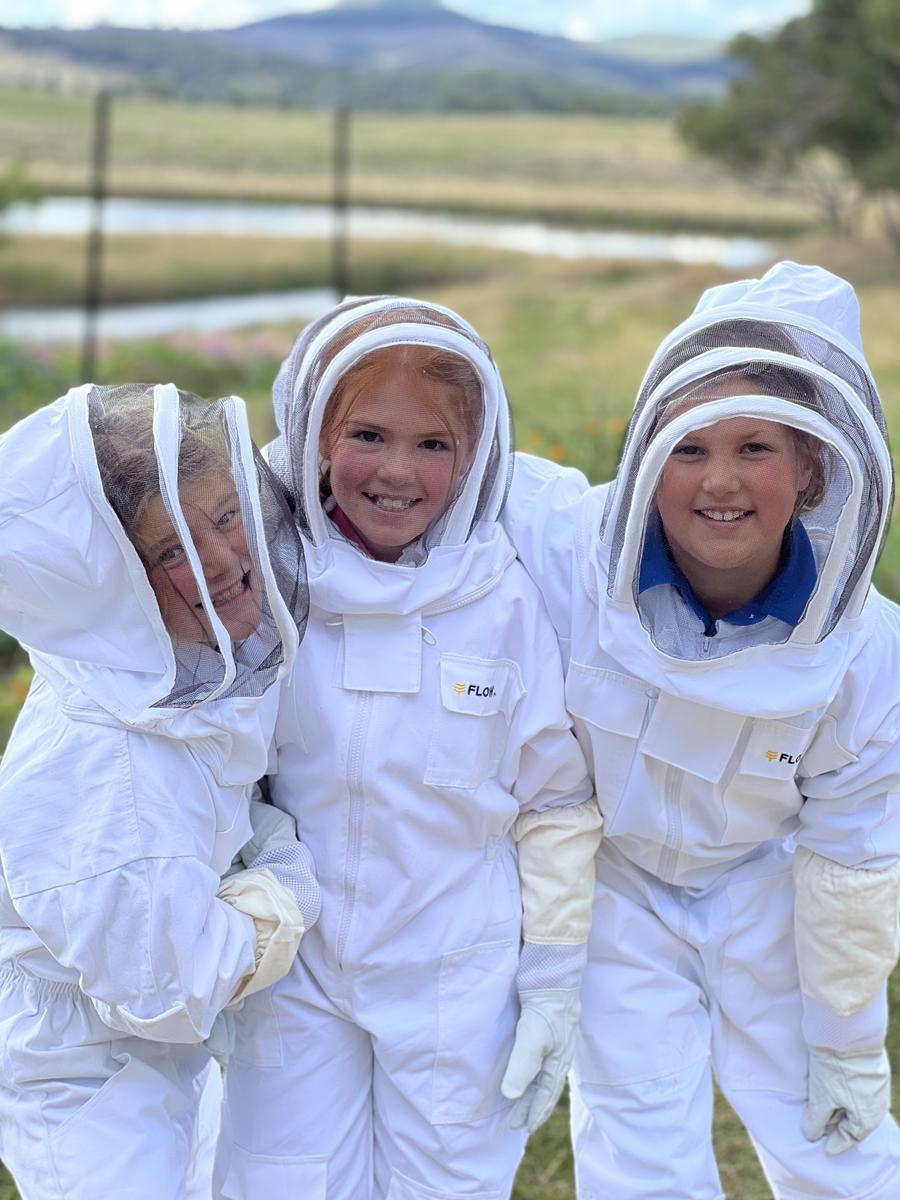
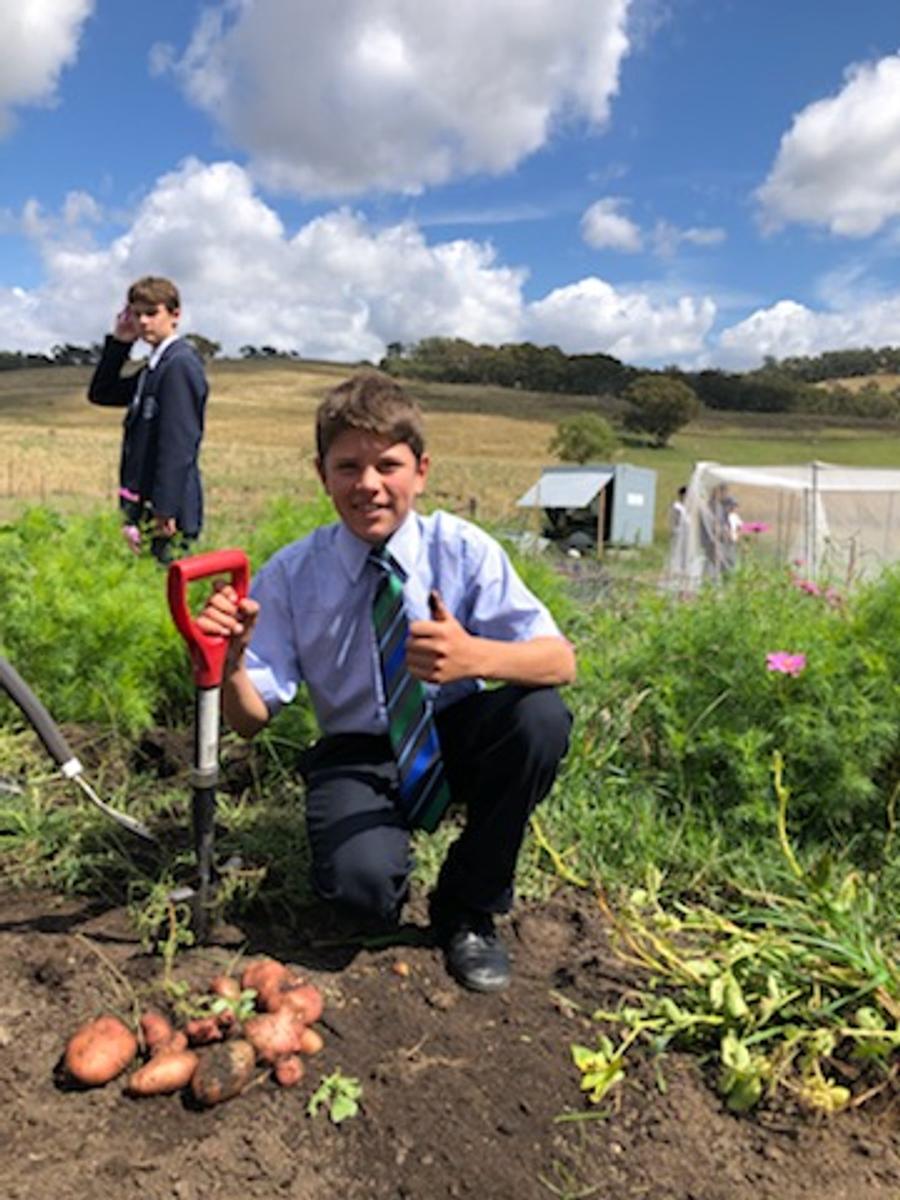

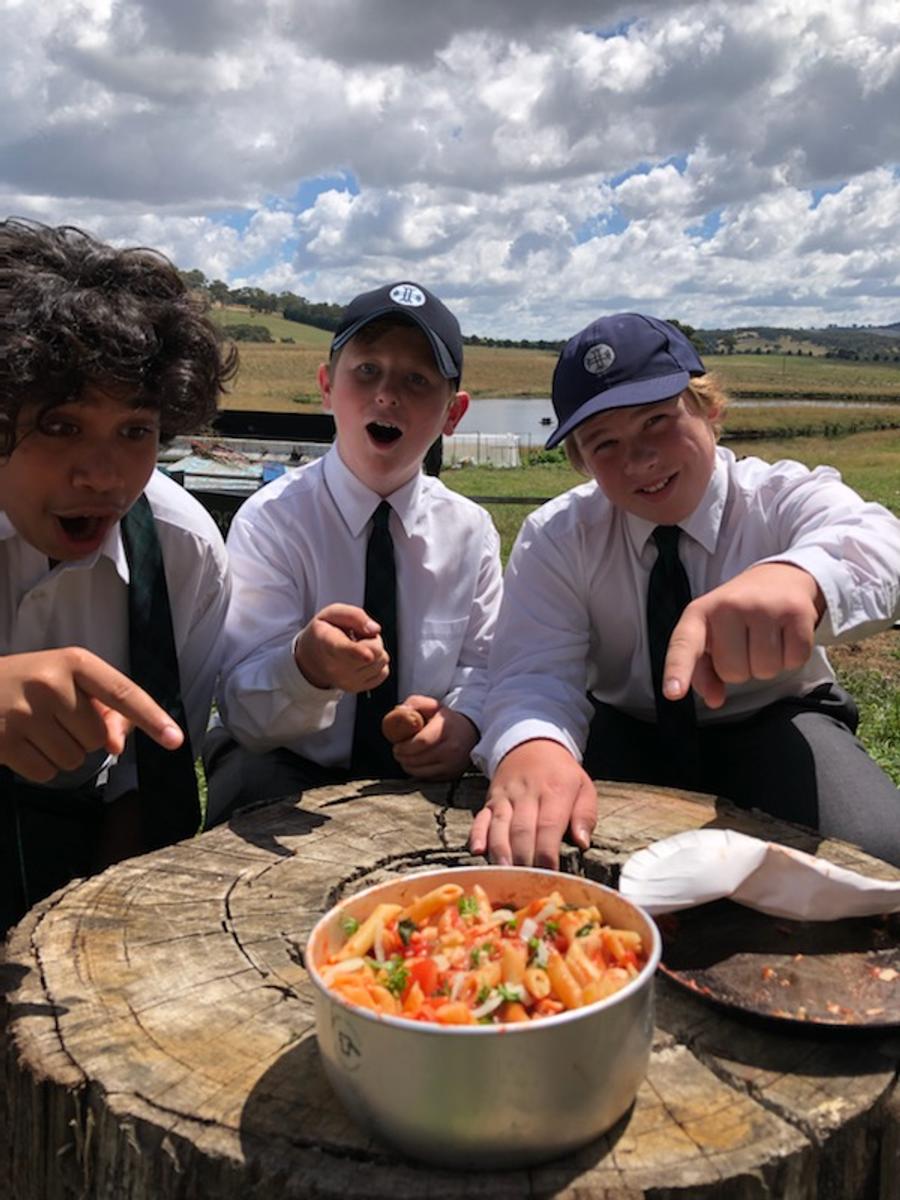
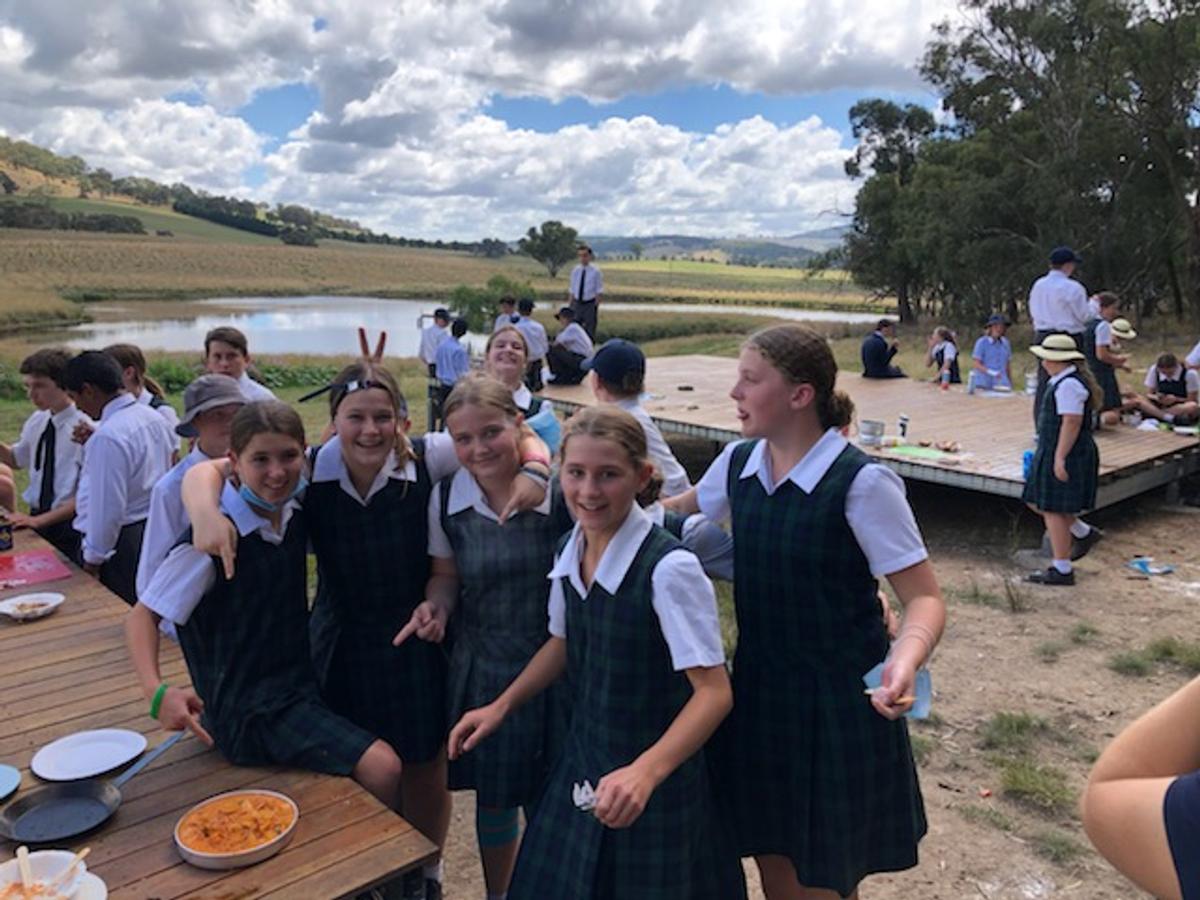
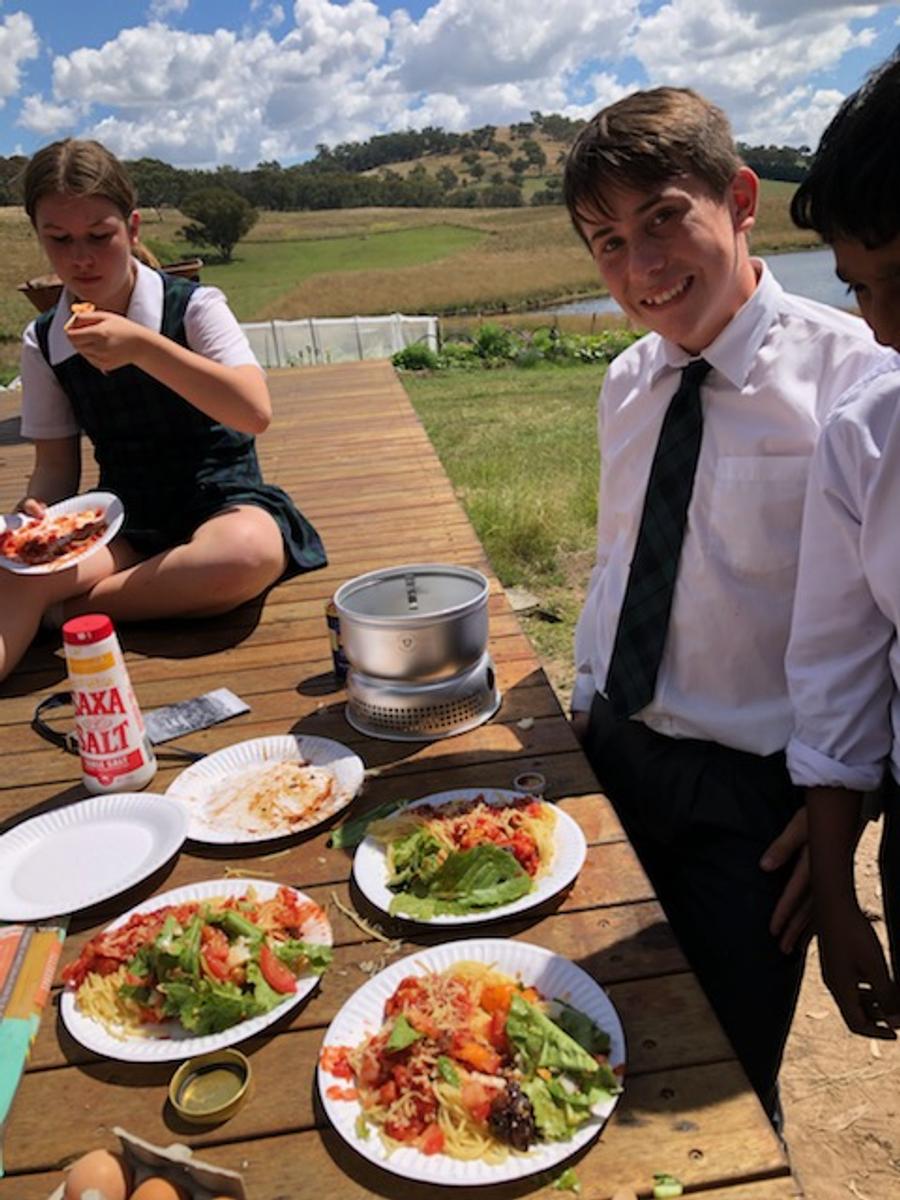






The guest speaker on renewable energies spoke of the need to find alternative renewable energy sources, we had our Year 11 Primary Industry students eagerly collecting animal manure to ‘feed’ our biogas creator. This will then be used to fuel a Science unit in the Junior School. Our students have, through experience, learnt the importance of bees as pollinators and honey creators, they know the importance of fungi in creating good soil. Through our regenerative agriculture practices at Windermere students learn first-hand the importance of contour gardening, companion planting, crop rotation and the value of free range. Their appreciation for the land and the food cycle is increased because they are planting, weeding and experimenting with the produce they are growing. Whilst the future may look bleak if we choose to do nothing about it, I am confident that here at Kinross Wolaroi School we are well and truly on the right path to ensure that the future will look bright.
